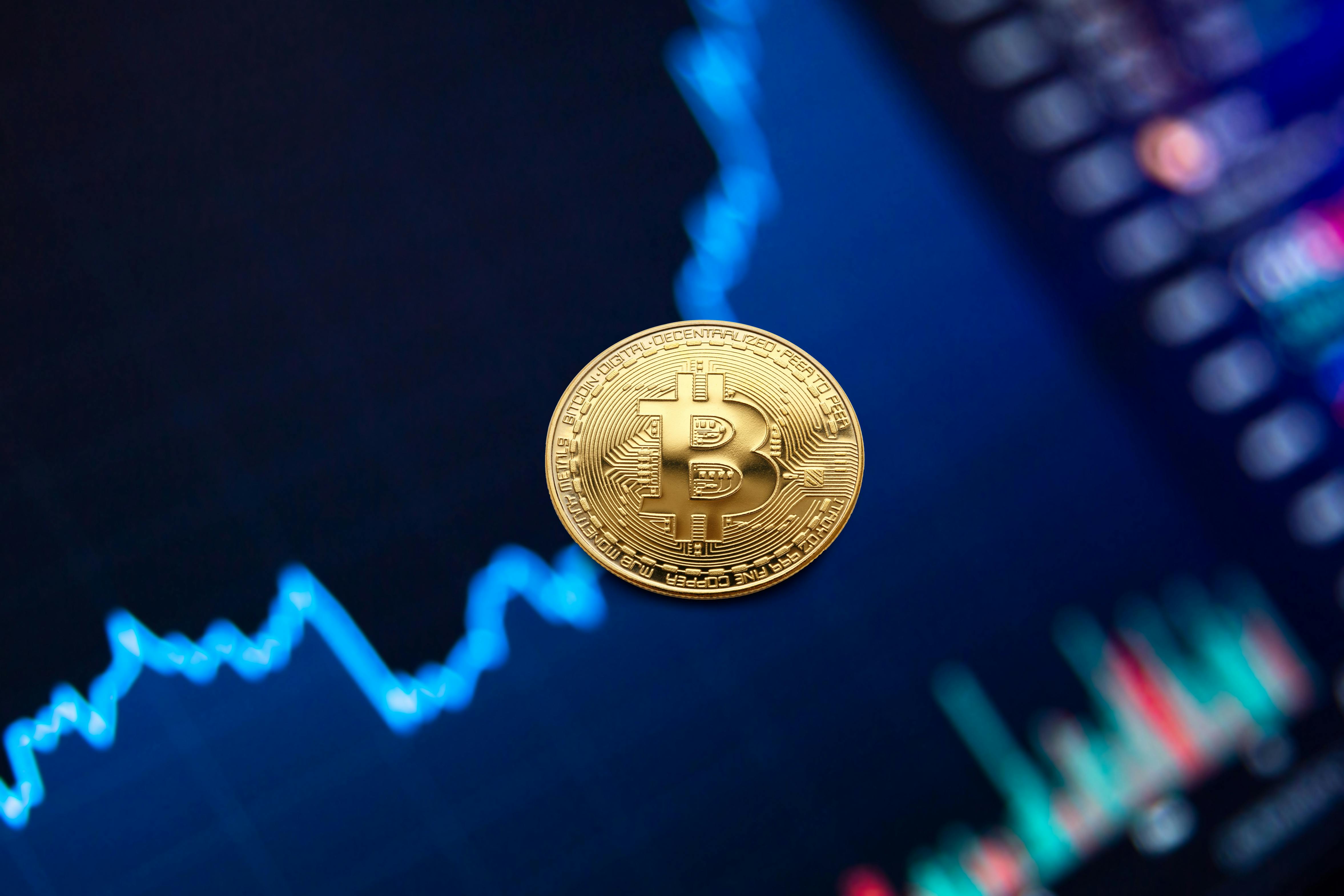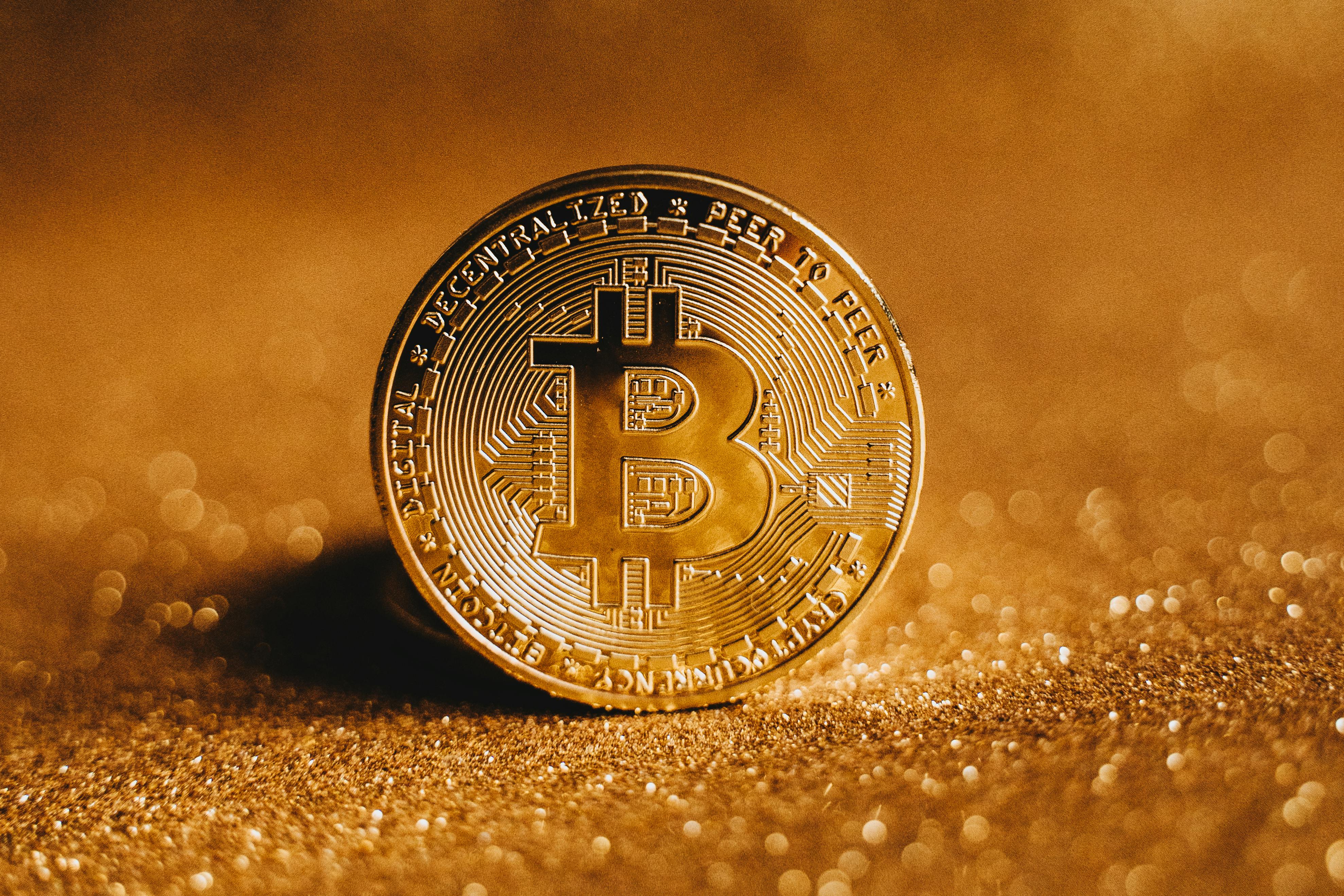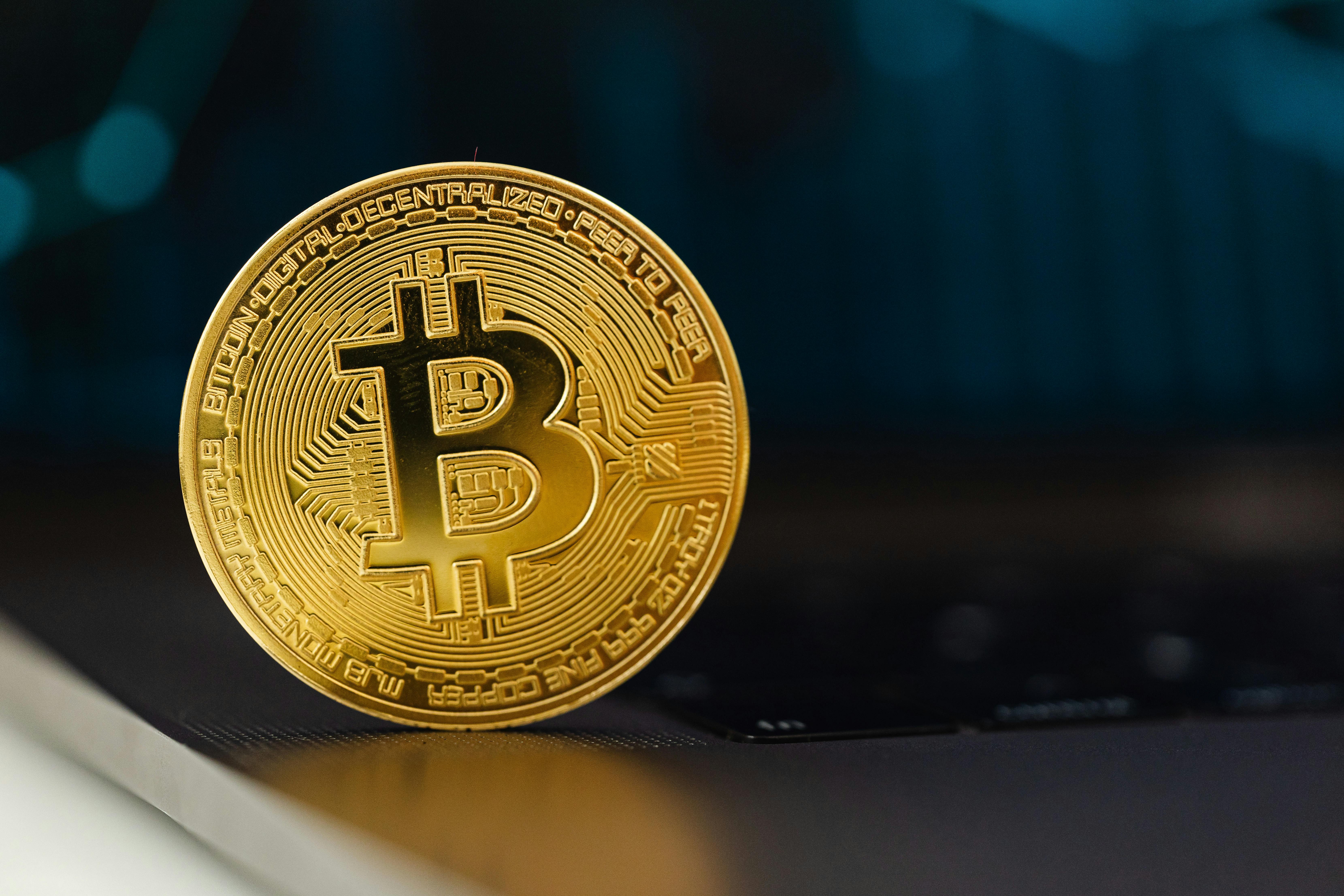
The NEO network has been upgraded, and all nodes now operate based on the Delegated Byzantine Fault Tolerance (dBFT) consensus mechanism. In addition to implementing a more sophisticated consensus method, the upgrade changes the fee structure and adds a new size overage fee for transactions larger than 1024 bytes on June 5, 2019. With many new mainnet releases and network upgrades, 2019 is shaping up to be an exciting year for cryptocurrency development.
Neo Gets an Upgrade
The changes to the NEO network are not overwhelming and are mainly focused on optimizing network fees to protect the network from spam attacks and malicious transactions. NEO MainNet successfully upgraded on Monday! The long-awaited dBFT 2.0 and NEO-CLI 2.10.2 are proven to improve the stability and overall performance of the MainNet. Let’s break down the numbers. Learn more in this article by NEO core developer @Laborious1558 https://t.co/x3CXEF24Dr pic.twitter.com/nHWm2GKmkD— NEO Smart Economy (@NEO_Blockchain) June 5, 2019 Transactions with network fees below 0.001 GAS are considered low priorities, and only 20 are allowed per block. Low-priority transactions cannot exceed 1024 bytes. The initial fee for a high-priority transaction is 0.001 GAS. The memory pool will be ordered based on fee size, so higher priority transactions will take priority over lower priority transactions.
Mainnet Refresh & Tariff Shift
If a high-priority transaction exceeds 1024 bytes, the transaction will incur an additional network fee. In April 2019, NEO announced its desire to start over with a new genesis block, calling the new blockchain “NEO 3.0.” The new blockchain was deemed necessary because the network infrastructure was unable to deliver the performance and stability that NEO was hoping for. NEO 3.0 is scheduled to launch by Q2 2020 and is currently in development. The new pricing model and dBFT were the first two steps on the NEO 3.0 roadmap, which has now been ticked off. Smart contracts are undoubtedly emerging as one of the most sought-after technological innovations from a global perspective, with governments and corporations alike looking to explore their use cases to improve their traditional services.
Neo Mainnet: What’s New and What It Costs
NEO saw muted growth in 2018 and 2019, while many other competitors were expanding and growing much faster. Ethereum, along with EOS and TRON, continues to dominate the smart contract issuance game, but many competent projects are stepping up to provide a broader spectrum of competition. Overall, the Ethereum ecosystem is made up of projects trying to improve smart contract architecture, while TRON has found its niche as a media and gaming platform. Soon, it seems that no one will be able to break Ethereum’s dominance over smart contracts.





